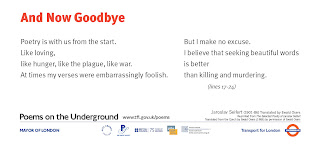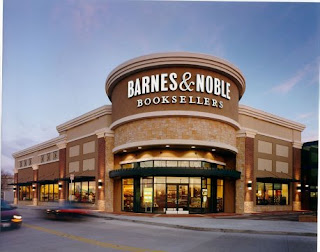First word: PASSPORT
A compound word. Allows you to pass a port. Gives you access to the world. Represents freedom. Represents experiences and memories. The first few pages of my passport are littered with my adventures through Europe from this past year. The stamps are much more boring than you think. Ireland used green ink during St. Patrick’s Day weekend. Or maybe they use it all year round. I wouldn’t know; I’ve only been there once.
Passports always remind me of junior high. In junior high we would have an annual International Day. Parents would come and set up booths representing different countries from around the world. At every booth, you can pick up food (Antarctica had ice cubes) and get your passport stamped. Those stamps were fun.
In my opinion, the U.S. passport is the best passport. I love looking at other countries’ passports. Our passports are nice and thick with images and quotes representing our diverse country and proud heritage. The Australian passport just has pictures of animals and the outback. The Canadian passport is just embarrassing.
 |
| Now that's a high-quality passport. |
Most recent passports have an RFID tag in them. This allows them to be easily scanned or something. Some people believe the RFID tags put you in danger because terrorists could have an American RFID tag-detecting device that will track down Americans so they can hold them hostage. Some people are crazy.
My passport is in a safe in my house in Katy. In my mom’s opinion, it is very important that I never lose my passport or my social security card, so they are both in a safe. This is usually fine unless I unexpectantly need my passport. I wanted to spontaneously go to Toronto this summer but I couldn’t because I didn’t have my passport. Or I could need my passport because I lost my primary form of ID- my driver’s license. When I went to Vegas for Labor Day weekend this year, I left my driver’s license at the airport in Austin. This caused many problems because 1.) I didn’t have my passport, the only other acceptable form of ID and 2.) I was in Vegas without an ID.
I want to use my passport to its fullest potential. It expires 2017. That gives me plenty of time to travel and fill it up. I got my first passport when I was ten. It was for Vietnam. I got my second and current passport when I was seventeen. It was for Mexico. I will use my passport next when I go to Belize to volunteer during my final spring break. During my last spring break, I was using my passport to go to Italy and Greece. These memories always make me sad as I sit in my apartment in Austin.
Second word: TEAPOT
Another compound word. A pot that holds tea.
This weekend when I was in Denver, a friend told me that I seemed like the kind of person who would own a teapot, and if I didn’t own one, I should buy one. I don’t know what kind of person would own a teapot, but I would have to agree- me owning a teapot seems completely natural, even if I don’t drink tea. I had a friend who collected teapots. She was from Kansas and she and I were quite similar.
I like teapots. I like ceramic ones. I like the strength of ceramic. I like the form of the teapot. I like the curves. It reminds me of Mrs. Potts from Beauty and the Beast. Except Mrs. Potts was old and plump- two things that I hope I am not.
When I was younger, my sister and I had two wooden teapot sets from Vietnam. Of course we played tea party with our stuffed animals (Beanie Babies to be exact). You don’t even need to ask.
Now I am older and I still have a younger sister. This one is six. She enjoys playing tea party too. Why do children like playing tea party? Who came up with the idea of children playing tea party? Why don’t children play brunch party?
I went on a first date at a teahouse a couple of years ago. I didn’t like tea but I lied and pretended that I did. It worked out; don’t worry. Then I went to England and a French guy with British and American parents taught me how to drink tea with milk and sugar while we sat in first class on a chunnel ride over from London to Paris. Since then, I’ve enjoyed drinking tea.
 |
| Tea with milk and sugar is the only way to go. |
I actually don’t know how a teapot works. It seems too beautiful and fragile to heat up on the stove. My roommates make sweet tea in a pot. An actual pot. Not a teapot. Would it be considered a teapot if it were a pot containing tea?
- A teapot with a passport pattern on it
- A teapot that acts as a passport
- A passport with a teapot pattern on it (probably for the UK)
- A passport that acts as a teapot
- A passport that holds tea leaves
- A teapot that hides a passport inside
- A teapot made of passport material
- A passport made of teapot material
- A teapot that comes with your passport
- A passport that comes with your teapot
- A “passport” containing teas from around the world
My last idea of a “passport” containing teas from around the world might work. Tea is different from country to country; and there are many people who would like to experience that firsthand. I am imagining this tea passport as a large book with different packages of tea leaves attached to the pages. Each page will tell the story of the tea and how to prepare it. Did this tea come from Nepal? If so, do we need to seep it in milk and top it with cinnamon to make dudh chia? Mmmmm… yes please.






















